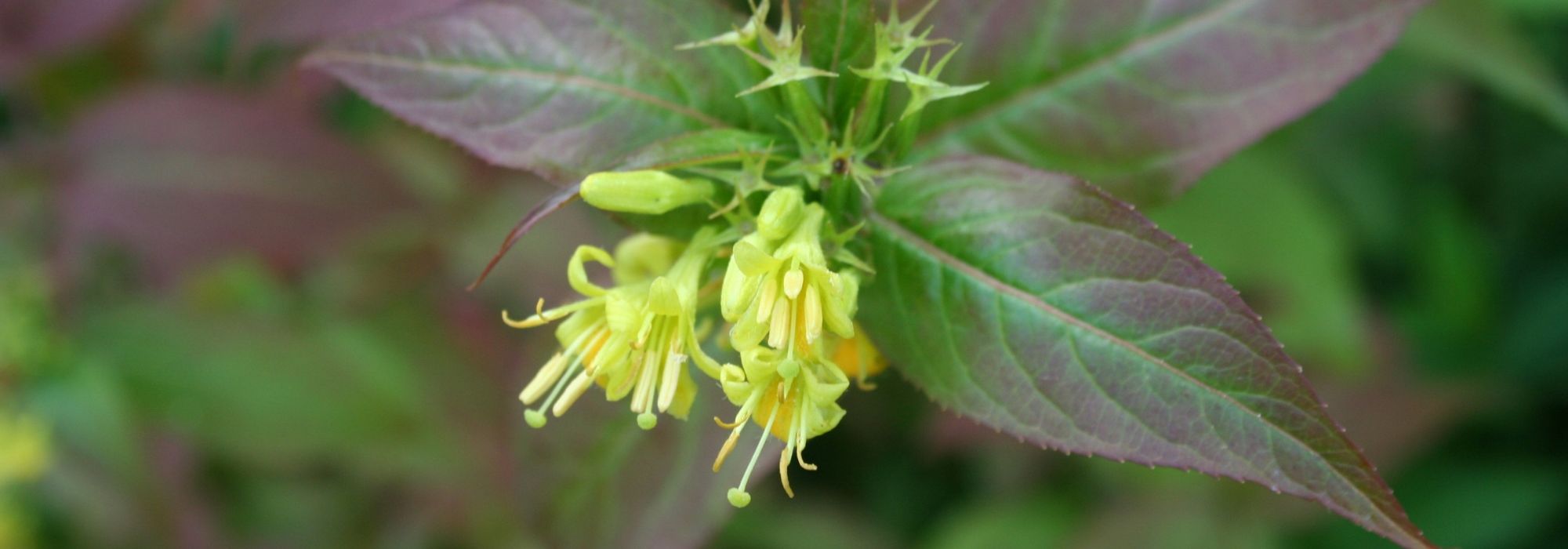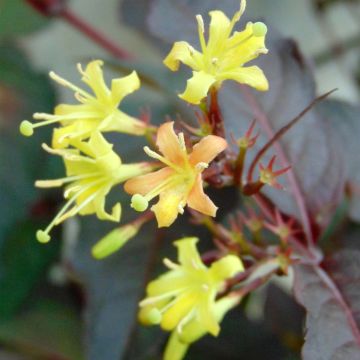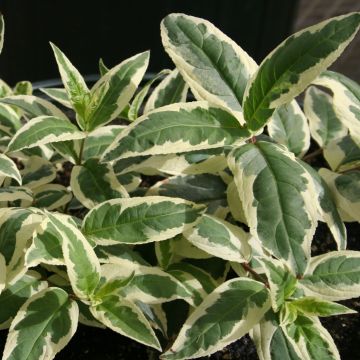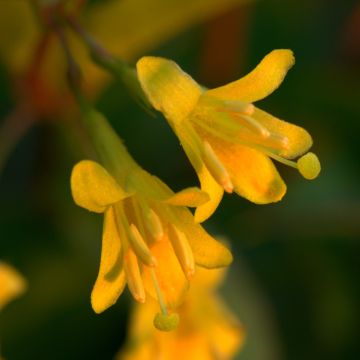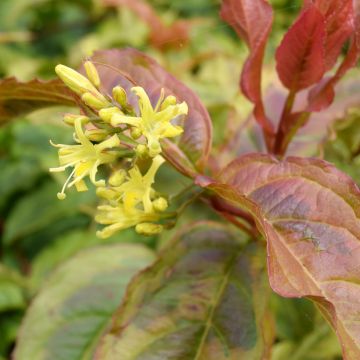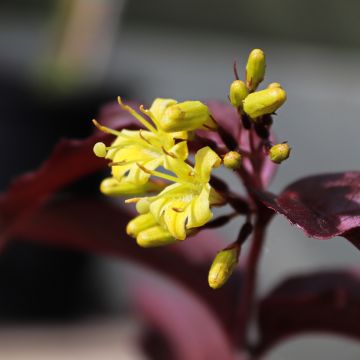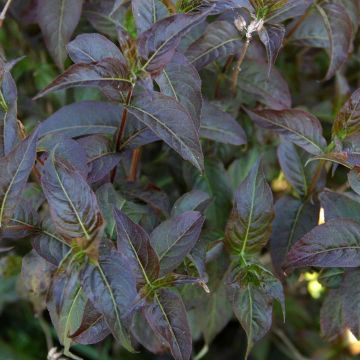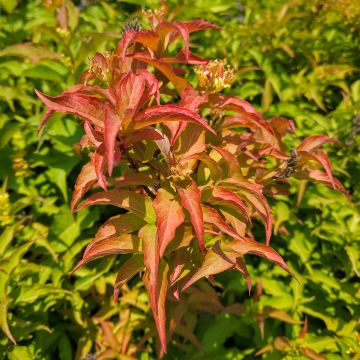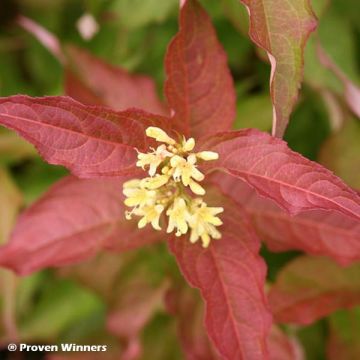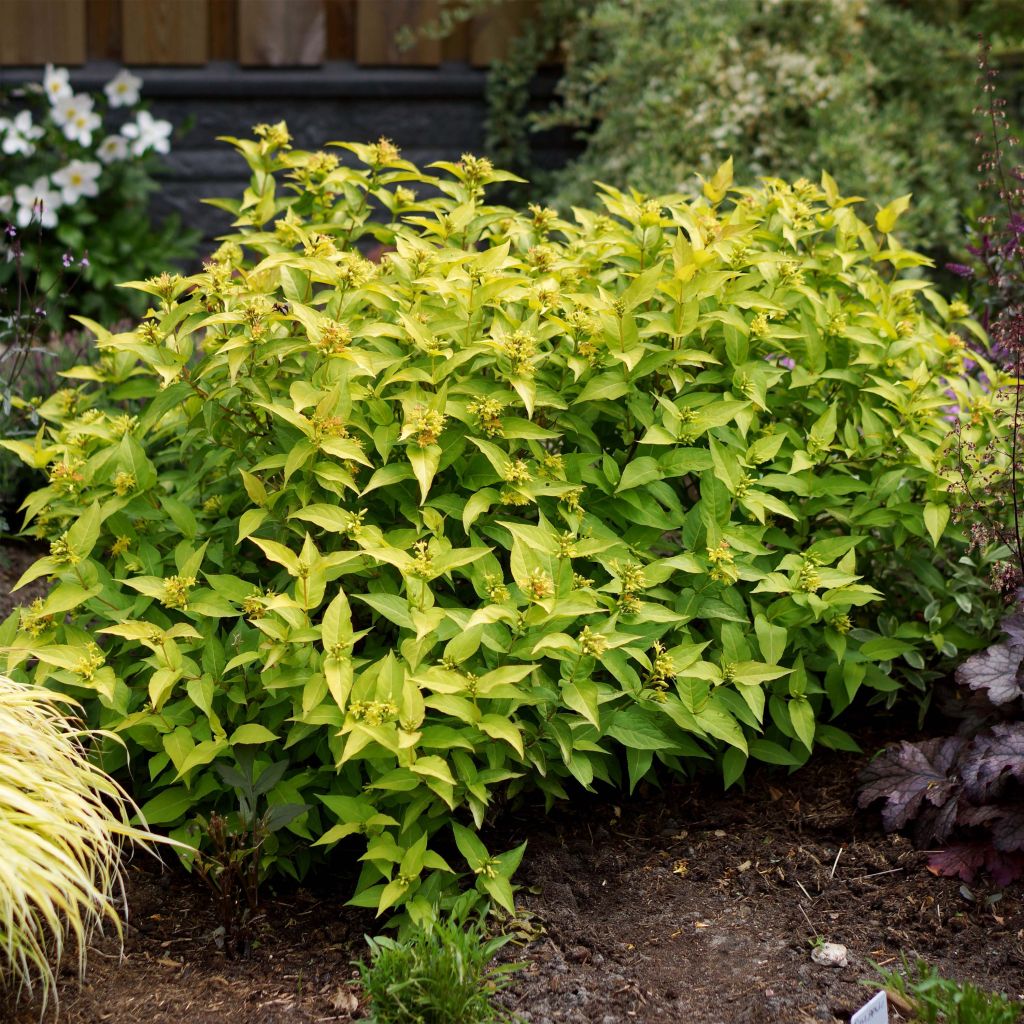

Diervilla rivularis Honeybee
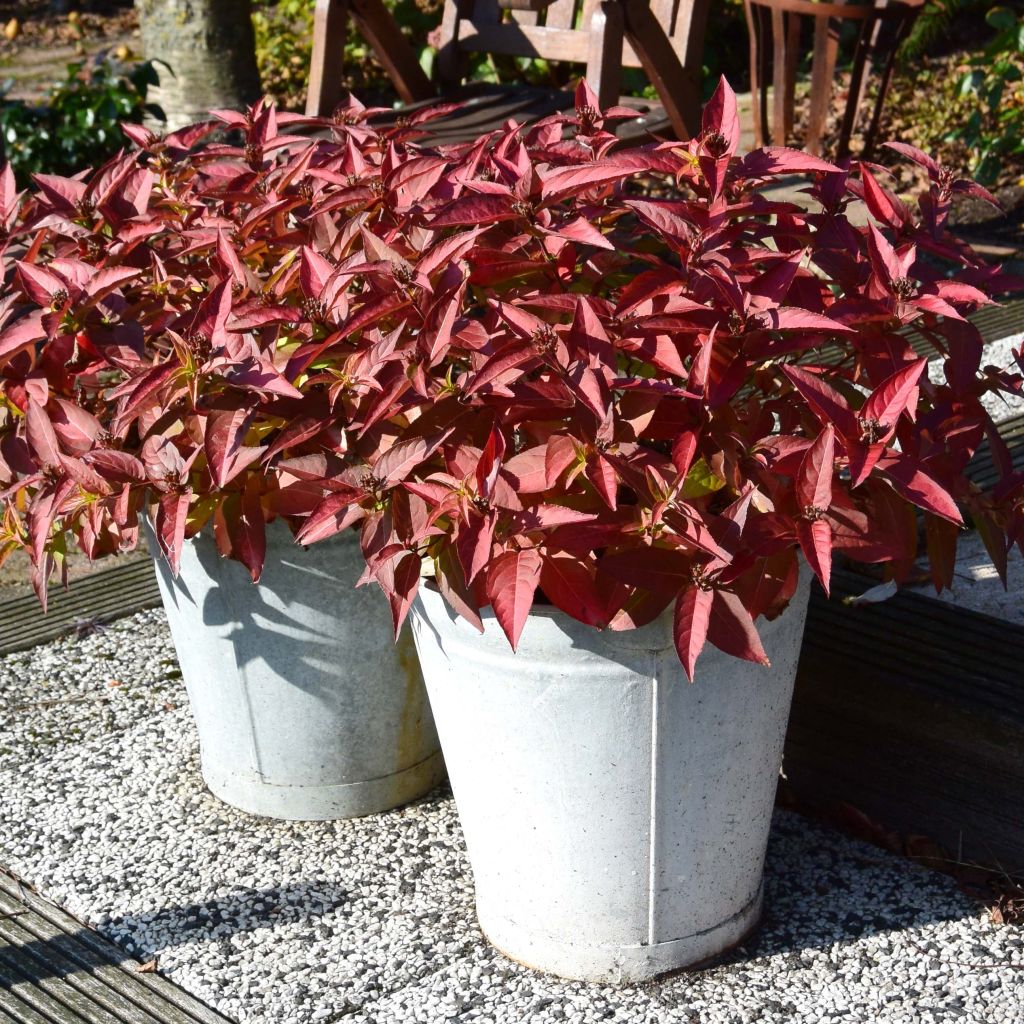

Diervilla rivularis Honeybee
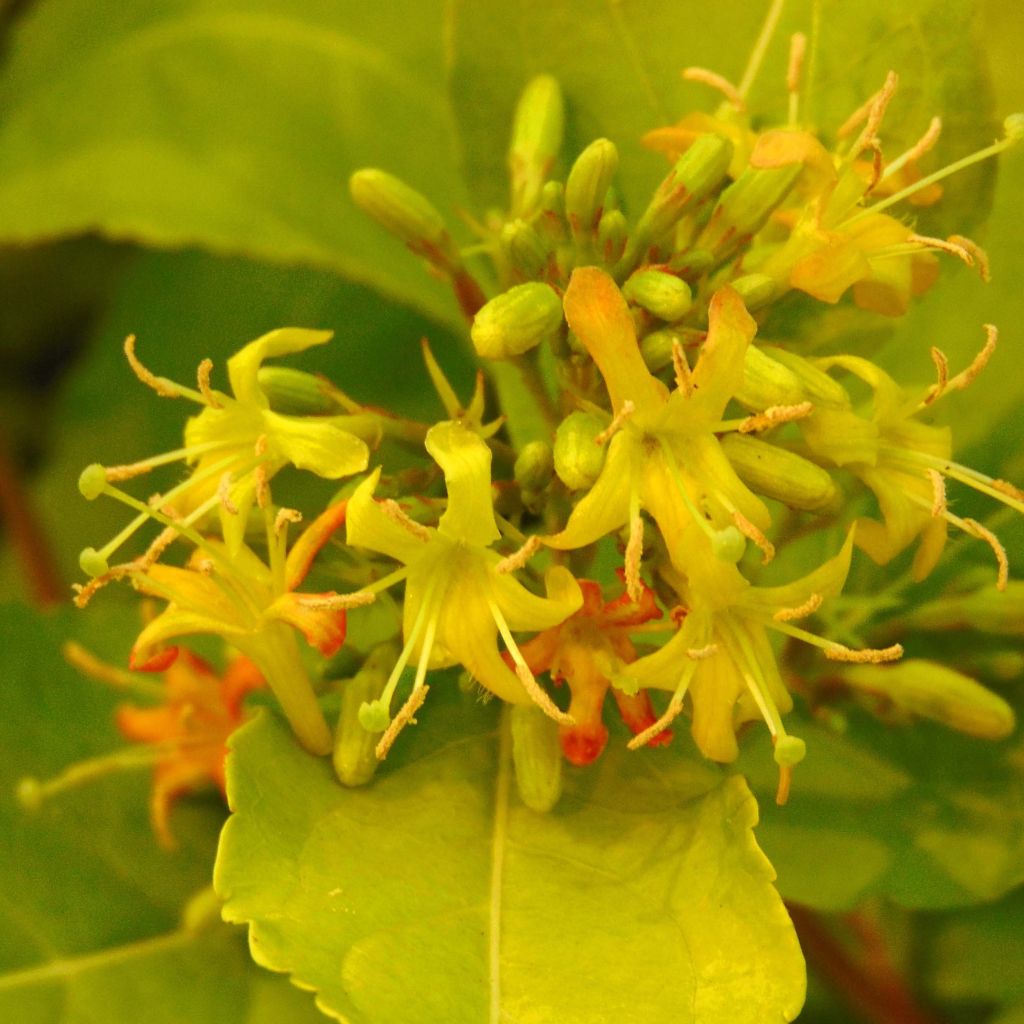

Diervilla rivularis Honeybee
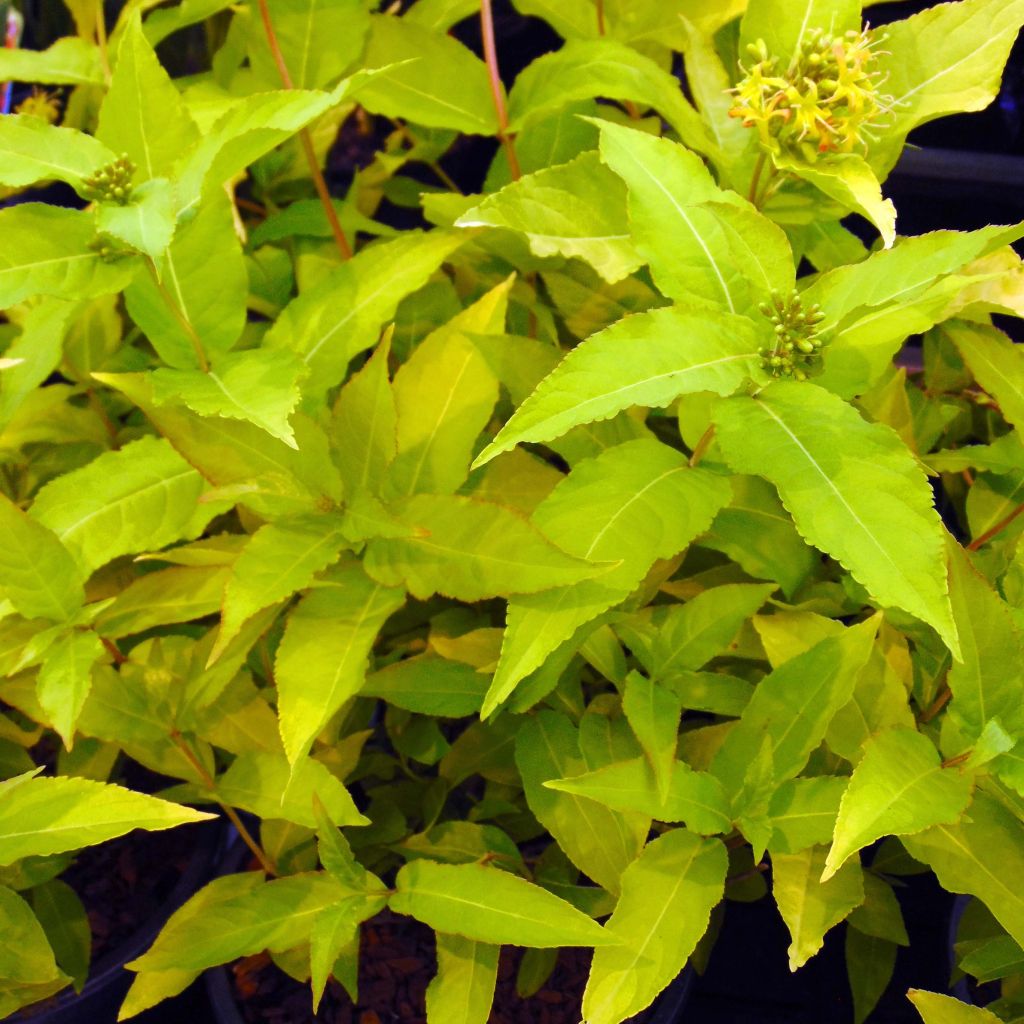

Diervilla rivularis Honeybee
Diervilla rivularis Honeybee
Diervilla rivularis Honeybee
Mountain Bush Honeysuckle
So happy, it's beautiful and has been shooting since. But the golden color is just too beautiful.
Quentin83, 13/10/2025
Special offer!
Receive a €20 voucher for any order over €90 (excluding delivery costs, credit notes, and plastic-free options)!
1- Add your favorite plants to your cart.
2- Once you have reached €90, confirm your order (you can even choose the delivery date!).
3- As soon as your order is shipped, you will receive an email containing your voucher code, valid for 3 months (90 days).
Your voucher is unique and can only be used once, for any order with a minimum value of €20, excluding delivery costs.
Can be combined with other current offers, non-divisible and non-refundable.
Home or relay delivery (depending on size and destination)
Schedule delivery date,
and select date in basket
This plant carries a 24 months recovery warranty
More information
We guarantee the quality of our plants for a full growing cycle, and will replace at our expense any plant that fails to recover under normal climatic and planting conditions.
Would this plant suit my garden?
Set up your Plantfit profile →
Description
The Diervilla rivularis 'Honeybee' is a deciduous bush appreciated for its easy cultivation, its vibrant yellow-green golden foliage and its exceptionally honey-scented golden yellow tubular flower clusters. Once well developed, it forms a vigorous spreading bush that tolerates sunny to semi-shaded exposures and all soils that are not too chalky, even slightly dry in summer. It is a particularly useful choice for bringing light to darker corners or for decorating spaces where other bushes struggle to establish. Its modest dimensions allow for cultivation in containers or pots in smaller gardens.
The Diervilla rivularis 'Honeybee' is a horticultural selection derived from the Diervilla rivularis, commonly known as the Riverbank Bush Honeysuckle, a species native to the undergrowth of the southern United States. Similar to weigela and shrubby honeysuckle, this suckering bush from the caprifoliaceae family has a spreading habit, with multiple stems originating from the stump, and the ability to effectively cover the ground. When mature, it will reach a height of 80 cm (31.5 in) and a width of 100 cm (39.4 in), with its lateral growth being easily controlled by removing suckers or planting other vigorous undergrowth plants alongside it. Its foliage consists of ovate, elongated leaves with a pointed tip, slightly wavy. Its leaves have a very bright yellow-green golden colour that persists from spring to autumn. At the end of the season, the leaves dry up and fall. Its generous summer flowering, highly appreciated by pollinators, occurs from June to August. Its golden yellow flowers, washed with varying shades of pink at the opening, gathered in clusters, will bloom on the previous year's wood, with a lovely purple colour. This Diervilla will provide you with abundant flowering, even in semi-shaded exposures and in the roots of trees where it particularly thrives. The vibrant and contrasting colours bring a lot of personality to the overall appearance. The Riverbank Diervilla is less resistant to water shortage than its cousin Diervilla (x) splendens, but it can tolerate occasional dry periods.
As an undemanding ground cover, it is suited to all exposures and all types of soil without excessive chalkiness, and not too dry. The colouration of its foliage is more intense under brighter exposures. Its small size is ideal for small gardens, enclosed spaces, or steep slopes. It retains and stabilizes embankments thanks to its suckers (underground stems bearing roots). It is also an ideal choice for filling in an undergrowth. It will work very well in a rose garden or in combination with small bushes and medium-sized perennials with blue or violet flowering, such as veronicas, nepetas, asters, and shrubs with coloured stems, such as dogwoods for example.
This bush was brought back from the Arcadia region during Sieur de Dierville's 17th-century voyage.
Diervilla rivularis Honeybee in pictures
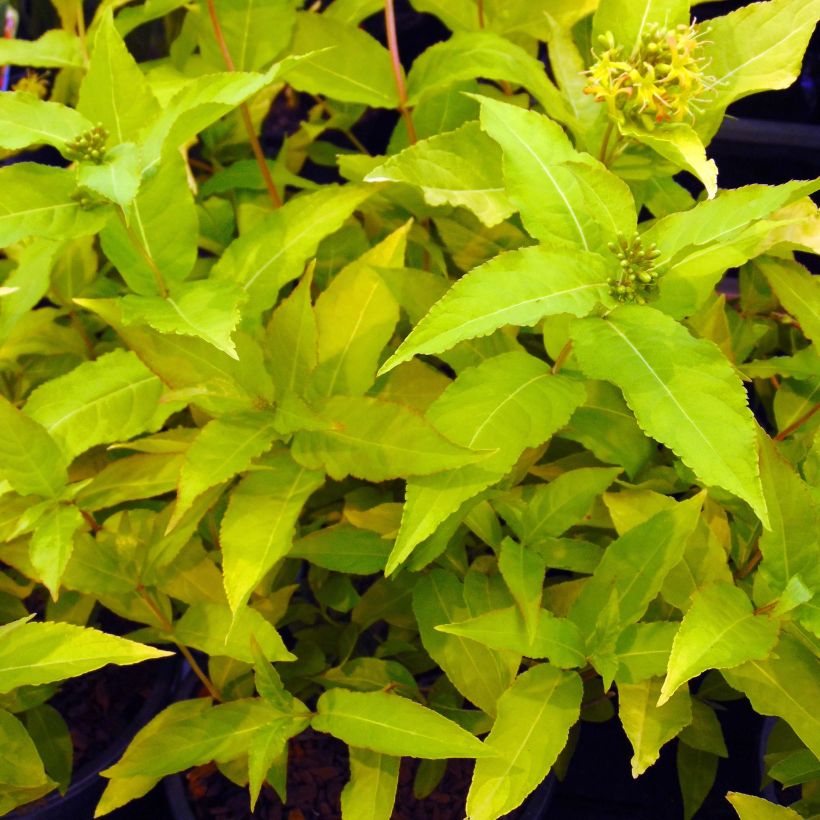

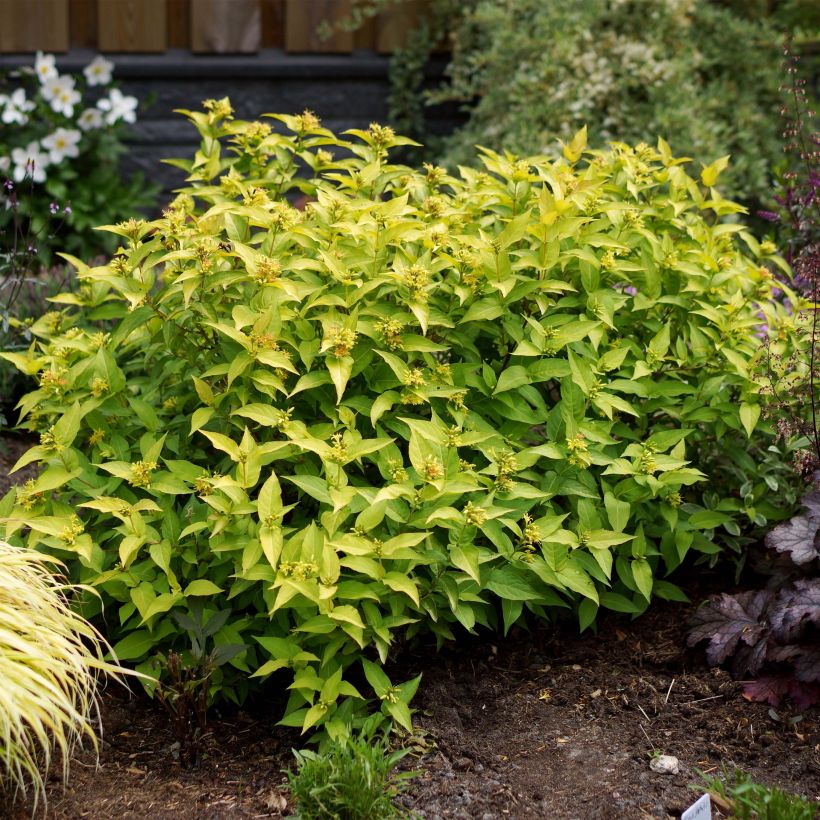

Plant habit
Flowering
Foliage
Botanical data
Diervilla
rivularis
Honeybee
Caprifoliaceae
Mountain Bush Honeysuckle
Cultivar or hybrid
Other Diervilla
View all →Planting and care
The Diervilla rivularis 'Honeybee' thrives in full sun in our northern regions, and in partial shade in hotter regions. Plant it in well-prepared, rather rich and moist soil, although this plant is not demanding in terms of soil type, as long as it is not excessively calcareous or too dry in summer. A maintenance tip for abundant flowering: prune the branches in late autumn or late winter to promote the growth of young flowering shoots. Approximately every 3 years, at the same time, carry out rejuvenation pruning by cutting back more severely.
Planting period
Intended location
Care
Planting & care advice
-
, onOrder confirmed
Reply from on Promesse de fleurs
Haven't found what you were looking for?
Hardiness is the lowest winter temperature a plant can endure without suffering serious damage or even dying. However, hardiness is affected by location (a sheltered area, such as a patio), protection (winter cover) and soil type (hardiness is improved by well-drained soil).

Photo Sharing Terms & Conditions
In order to encourage gardeners to interact and share their experiences, Promesse de fleurs offers various media enabling content to be uploaded onto its Site - in particular via the ‘Photo sharing’ module.
The User agrees to refrain from:
- Posting any content that is illegal, prejudicial, insulting, racist, inciteful to hatred, revisionist, contrary to public decency, that infringes on privacy or on the privacy rights of third parties, in particular the publicity rights of persons and goods, intellectual property rights, or the right to privacy.
- Submitting content on behalf of a third party;
- Impersonate the identity of a third party and/or publish any personal information about a third party;
In general, the User undertakes to refrain from any unethical behaviour.
All Content (in particular text, comments, files, images, photos, videos, creative works, etc.), which may be subject to property or intellectual property rights, image or other private rights, shall remain the property of the User, subject to the limited rights granted by the terms of the licence granted by Promesse de fleurs as stated below. Users are at liberty to publish or not to publish such Content on the Site, notably via the ‘Photo Sharing’ facility, and accept that this Content shall be made public and freely accessible, notably on the Internet.
Users further acknowledge, undertake to have ,and guarantee that they hold all necessary rights and permissions to publish such material on the Site, in particular with regard to the legislation in force pertaining to any privacy, property, intellectual property, image, or contractual rights, or rights of any other nature. By publishing such Content on the Site, Users acknowledge accepting full liability as publishers of the Content within the meaning of the law, and grant Promesse de fleurs, free of charge, an inclusive, worldwide licence for the said Content for the entire duration of its publication, including all reproduction, representation, up/downloading, displaying, performing, transmission, and storage rights.
Users also grant permission for their name to be linked to the Content and accept that this link may not always be made available.
By engaging in posting material, Users consent to their Content becoming automatically accessible on the Internet, in particular on other sites and/or blogs and/or web pages of the Promesse de fleurs site, including in particular social pages and the Promesse de fleurs catalogue.
Users may secure the removal of entrusted content free of charge by issuing a simple request via our contact form.
The flowering period indicated on our website applies to countries and regions located in USDA zone 8 (France, the United Kingdom, Ireland, the Netherlands, etc.)
It will vary according to where you live:
- In zones 9 to 10 (Italy, Spain, Greece, etc.), flowering will occur about 2 to 4 weeks earlier.
- In zones 6 to 7 (Germany, Poland, Slovenia, and lower mountainous regions), flowering will be delayed by 2 to 3 weeks.
- In zone 5 (Central Europe, Scandinavia), blooming will be delayed by 3 to 5 weeks.
In temperate climates, pruning of spring-flowering shrubs (forsythia, spireas, etc.) should be done just after flowering.
Pruning of summer-flowering shrubs (Indian Lilac, Perovskia, etc.) can be done in winter or spring.
In cold regions as well as with frost-sensitive plants, avoid pruning too early when severe frosts may still occur.
The planting period indicated on our website applies to countries and regions located in USDA zone 8 (France, United Kingdom, Ireland, Netherlands).
It will vary according to where you live:
- In Mediterranean zones (Marseille, Madrid, Milan, etc.), autumn and winter are the best planting periods.
- In continental zones (Strasbourg, Munich, Vienna, etc.), delay planting by 2 to 3 weeks in spring and bring it forward by 2 to 4 weeks in autumn.
- In mountainous regions (the Alps, Pyrenees, Carpathians, etc.), it is best to plant in late spring (May-June) or late summer (August-September).
The harvesting period indicated on our website applies to countries and regions in USDA zone 8 (France, England, Ireland, the Netherlands).
In colder areas (Scandinavia, Poland, Austria...) fruit and vegetable harvests are likely to be delayed by 3-4 weeks.
In warmer areas (Italy, Spain, Greece, etc.), harvesting will probably take place earlier, depending on weather conditions.
The sowing periods indicated on our website apply to countries and regions within USDA Zone 8 (France, UK, Ireland, Netherlands).
In colder areas (Scandinavia, Poland, Austria...), delay any outdoor sowing by 3-4 weeks, or sow under glass.
In warmer climes (Italy, Spain, Greece, etc.), bring outdoor sowing forward by a few weeks.






























